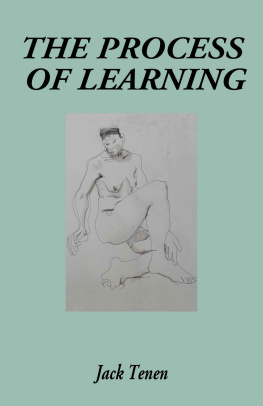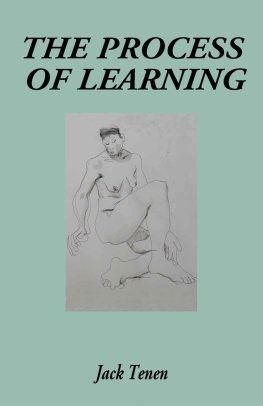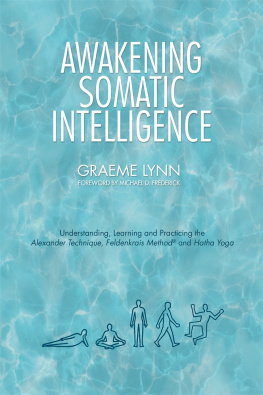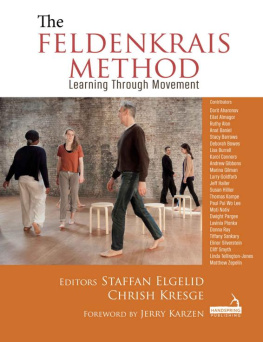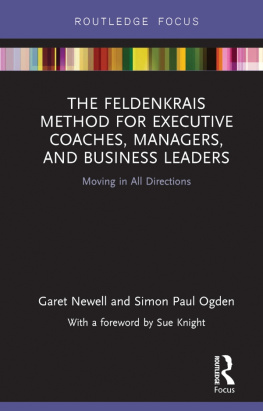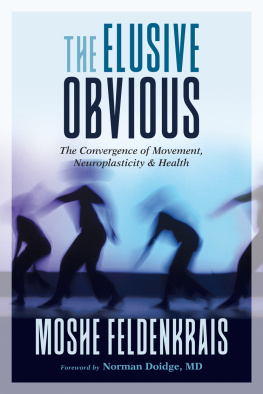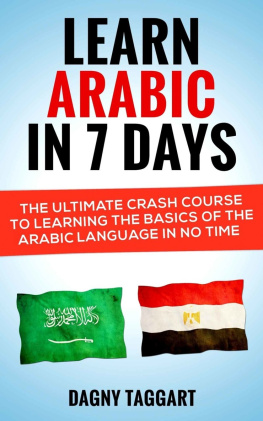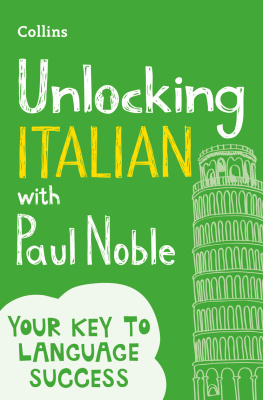I have tried so many things because I wanted to learn about myself..I dont feel like an old man. I look to the way I act and what interests me. I dont think of death.
INTRODUCTION
The Feldenkrais Method involves movement and facilitates improvements in our ability to function. However it is notoriously difficult to define. It is not that the mechanics of movement lessons themselves cannot be described. It is just that describing the method as movement education or as a modality for improving coordination or flexibility or for reducing stress only tells part of the story. Vague mystical descriptions of the methods more indescribable aspects are equally unsatisfying. The following represents my personal opinion of what learning in the method involves and how it can contribute to personal growth.
Moshe Feldenkrais would probably not have described himself as any particular sort of practitioner. Whilst he considered and absorbed the work of others around him and those who went before him, he was not a follower of somebody elses method. To describe his work as imitating someone elses would have been an anathema to him. He was being himself, just doing his own thing in his own way. The method for him was self-expression. If the method was to go on, I am certain he would have wanted it to be a means of self-expression for those who practised it. I doubt that he would have wanted to produce a generation of clones who simply imitated his work. I also doubt if he would have accepted any authority restricting his own explorations. His dictum was that the only rule is that there are no rules. Nevertheless, because the work was effective in restoring well-being to so many people and because those doing the work felt it was so right, there has been since his death, an attempt to formalise and promote it. Professional bodies were created to oversee the training of Feldenkrais Practitioners and to represent them as well as to define a code of practice. Registered trademarks were created to identify the work. The method has to have a tangible identity in order to make it commercially viable while professionalism requires consistency in practice. Understandably practitioners guilds have created guidelines in how the teaching is delivered and by whom. Where there were no rules there now are rules. And whereas Feldenkrais may have not felt compelled to define his work, the training programs and the services provided by graduate practitioners now require a definition of the method. But here we enter into uncertainty. Practitioners themselves often struggle to arrive at a satisfactory definition of what it is that they are doing. Some people focus on the value of the method as movement education and that is what it becomes for them. Others focus on the therapeutic aspects of the method until it seems that it is considered as another therapeutic modality. While I suppose it can be anything one wants it to be, something is missing from such piecemeal characterisations. It is more than a tool to be used or a drug to be administered.
It almost does feel like one is trying to describe the indescribable when an effort is made to verbalise what happens during a hands on Functional Integration lesson or how one improves as the result of doing verbally guided Awareness Through Movement lessons. As I became more involved in the method, I felt that the issue of articulating what the method is about needed addressing, if only to clarify to myself what was going on. All the more so because it appeared to me more and more, that everything I did was part of the method. The method has to do with the ability to act and we are in life continually acting. It was becoming difficult to distinguish the method from life itself.
Other disciplines have faced the same dilemma. They need to be defined without losing their essence. The principles underlying their practice may have been elucidated early on. Yet with the passage of time the disciplines often become popularly understood to be something else. The practice of yoga for example, was described in Patanjalis ancient yoga sutras. It is obvious in reading these sutras that to Patanjali , yoga was much more than a series of poses to be done before breakfast. Many branches of yoga sprang up in time, for example Bhakti yoga, Raja yoga, Karma yoga etc as well as Hatha yoga, which represented the path of the physical. Each of these involved different practices and each was supposed to be a path to enable one to realise the aims of yoga. Today when people generally refer to yoga they are unfortunately mostly thinking of Hatha yoga reduced to a system of stretching, not Patanjalis yoga. Patanjali defined yoga at the beginning of his exposition. Various translations of that sutra from the Sanskrit exist, such as Yoga is the annihilation /control / inhibition of ideas /thought / modifications of the mind. My personal understanding in reading this sutra is that Patanjali meant, Yoga is the inhibition of perception. And this to me is equivalent to saying Yoga is the attaining of awareness. (I will go into my understanding of the word awareness, later in the book.) How far away is this sutra from recommending the mechanical performance of stretches? And how close is this interpretation to the aim of Feldenkrais verbally guided movement lessons termed Awareness Through Movement?

